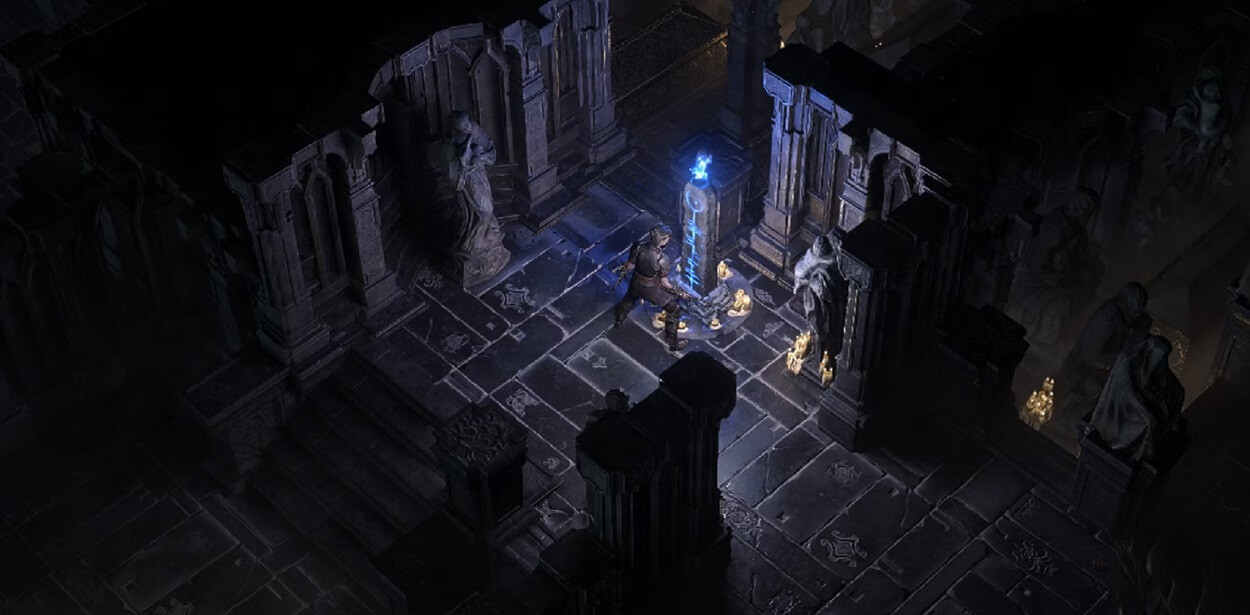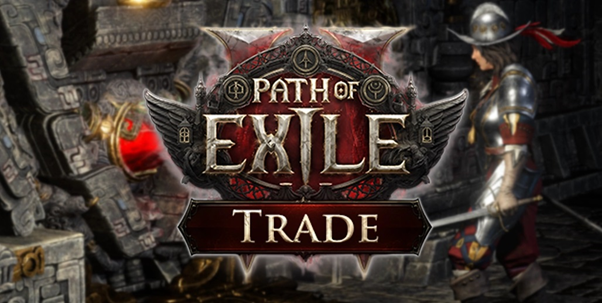Compared to Path of Exile, the mechanics and word-building of Path of Exile 2 now take such a significant step forward. New players now jump into Wraeclast for the first time and are introduced to a myriad of systems, which may be a bit overwhelming. This guide offers clear, comprehensive information to initiate beginners and help them play the game to their best advantage. Players also get the option to buy PoE 2 Currency to facilitate easy progression with quicker upgrades and more efficient crafting.
- Character Classes and Ascendancies
- Passive Skill Tree
- Gear and Crafting
- Skill Gems and Links
- Campaign Progression
- The Endgame: Mapping and Bosses
- Trading and Economy
- League Mechanics
- Flask Management
Character Classes and Ascendancies

Path of Exile 2 offers 12 new base classes with three unique Ascendancies per class, leading to 36 specialized builds. For instance, the Templar can ascend into the Inquisitor, Guardian, or Hierophant, offering different playstyles. Selecting the right class depends on your preferred gameplay. Melee enthusiasts might favor the Duelist or Marauder, while spellcasters often lean towards the Witch or Scion. The diversity of options supports various build combinations.
Each Ascendancy is tailored to specific mechanics. For instance, the Necromancer specializes in summoning and empowering minions, while the Champion excels in tanking and support. Beginners should research Ascendancies to align their choice with desired gameplay.
Passive Skill Tree

The passive skill tree is a massive web of nodes that grants stat bonuses and unlocks keystone abilities. Beginners should focus on balancing damage output and survivability. Keystone passives like “Resolute Technique” (attacks never miss but cannot crit) and “Elemental Overload” (boosts elemental damage on crits) can significantly impact your build. Planning your path early using online planners is essential for maximizing potential.
The skill tree is shared across all classes, but starting positions depend on class choice. For example, the Ranger starts near dexterity-based nodes, while the Marauder begins near strength-based nodes. Efficient routes to key passives, such as “Blood Magic” (removes mana dependency) or “Mind Over Matter” (converts damage to mana), ensure smoother progression.
Gear and Crafting

Gear defines your character’s strength. Weapons, armor, and accessories come with modifiers that enhance abilities. Unique items, such as “Kaom’s Heart” (massive life boost) and “Tabula Rasa” (6-linked socket chest), are highly sought after. The crafting system lets you customize equipment using currencies like Orbs of Alchemy, Chaos Orbs, and Exalted Orbs. Mastering crafting can help you create tailored items.
Understanding item bases is essential. For example, “Energy Shield” bases like “Vaal Regalia” are ideal for spellcasters, while “Armor” bases like “Gladiator Plate” benefit melee classes. Using Fossils and Resonators in crafting adds control by introducing specific modifiers. Experimentation with crafting mechanics can save resources and yield powerful results.
Skill Gems and Links

Skill gems are central to Path of Exile 2’s combat system. Gems, such as “Fireball,” “Cyclone,” and “Raise Zombie,” provide active abilities. Support gems like “Increased Critical Damage” or “Multistrike” enhance these skills. Ensure that your gear has linked sockets of the appropriate color. For example, a green socket is needed for dexterity-based gems like “Poisonous Concoction.”
Linking gems correctly improves damage and utility. A six-linked item allows one active skill gem and five support gems, significantly amplifying effectiveness. For beginners, focusing on widely recommended setups, like “Herald of Ice” with “Curse on Hit,” simplifies advanced mechanics.
Campaign Progression

Path of Exile 2 features a seven-act campaign that expands on the lore and introduces new mechanics. Completing each act unlocks passive skill points and new areas. Complete optional quests that reward passive points, such as “The Marooned Mariner” in Act 1 and “Through Sacred Ground” in Act 2. Progressing efficiently through the campaign prepares you for the endgame.
Enemies and bosses scale in difficulty as you progress. Early bosses, like Merveil in Act 1, teach basic mechanics, while later encounters, such as Dominus in Act 3, require advanced strategies. Pay attention to elemental resistances and crowd control to minimize deaths.
The Endgame: Mapping and Bosses

After completing the campaign, the endgame Atlas of Worlds becomes accessible. This system involves completing maps, items that open zones with specific modifiers. Maps drop from enemies and are modified using currencies like Orbs of Transmutation or Orbs of Scouring. Unique maps, such as “The Coward’s Trial” and “Doryani’s Machinarium,” offer unique challenges and rewards.
Atlas progression includes defeating map bosses and upgrading maps. Introducing Watchstones and Awakening Levels enhances the difficulty and rewards of maps. Bosses like The Shaper, The Elder, and Sirus, Awakener of Worlds, provide endgame challenges with valuable loot. Learning mechanics is crucial for defeating them. New bosses in Path of Exile 2 promise even more engaging encounters.
Trading and Economy

The in-game economy is driven by item trading. Players exchange gear, crafting materials, and currencies to build their ideal character. Websites and trade platforms facilitate this process. For beginners, understanding the value of items, such as “Chaos Orbs” and “Divine Orbs,” is important. Additionally, there are many Path of Exile 2 items for sale on U7BUY to help acquire specific gear or materials quickly.

Item valuation is influenced by modifiers, rarity, and demand. Rare items with high-tier affixes can be worth substantial amounts of currency. Familiarize yourself with item filters to highlight valuable drops and avoid clutter.
League Mechanics

Each Path of Exile league introduces a unique mechanic. For example, the Delve league allows players to explore an endless mine, while the Heist league involves planning and executing heists for loot. Participating in these leagues provides access to exclusive rewards and challenges.
Leagues often introduce mechanics that transition into the core game. For example, Betrayal league’s safehouse raids became an integral part of the Atlas. Engaging with league mechanics enhances gameplay variety and offers lucrative rewards.
Flask Management

Flasks are consumable items that provide healing, mana recovery, or buffs. Proper flask management can be the difference between life and death. Utility flasks like “Granite Flask” (increases armor) and “Quicksilver Flask” (boosts movement speed) are essential for both offense and defense. Upgrading and rolling flasks with modifiers ensures alignment with your build’s needs.
Unique flasks, such as “Atziri’s Promise” (chaos damage boost) and “Taste of Hate” (cold damage mitigation), offer powerful effects. Experimenting with flask setups ensures adaptability to different situations.
Conclusion
Path of Exile 2 is an elaborately and delightfully challenging experience for beginners as well as veterans. Mastering these basics – classes, crafting, skill gems, economy – will see you well-placed to face what Wraeclast can throw at you. With dedication and careful planning, you can forge a character that thrives in both the campaign and endgame.


